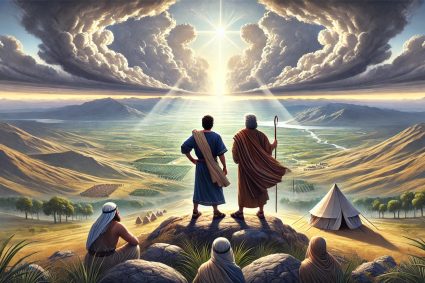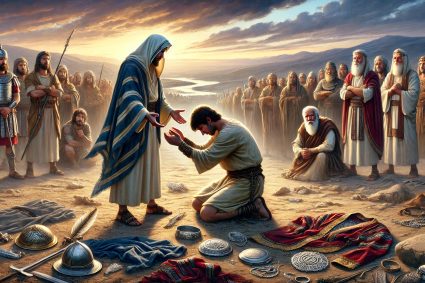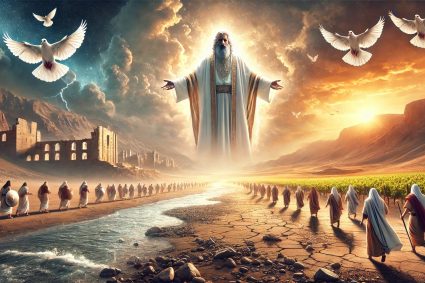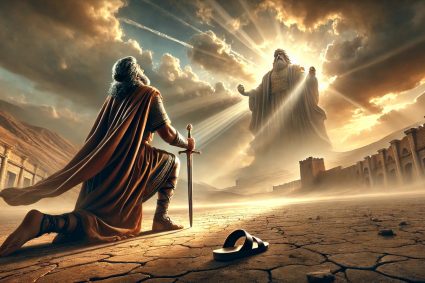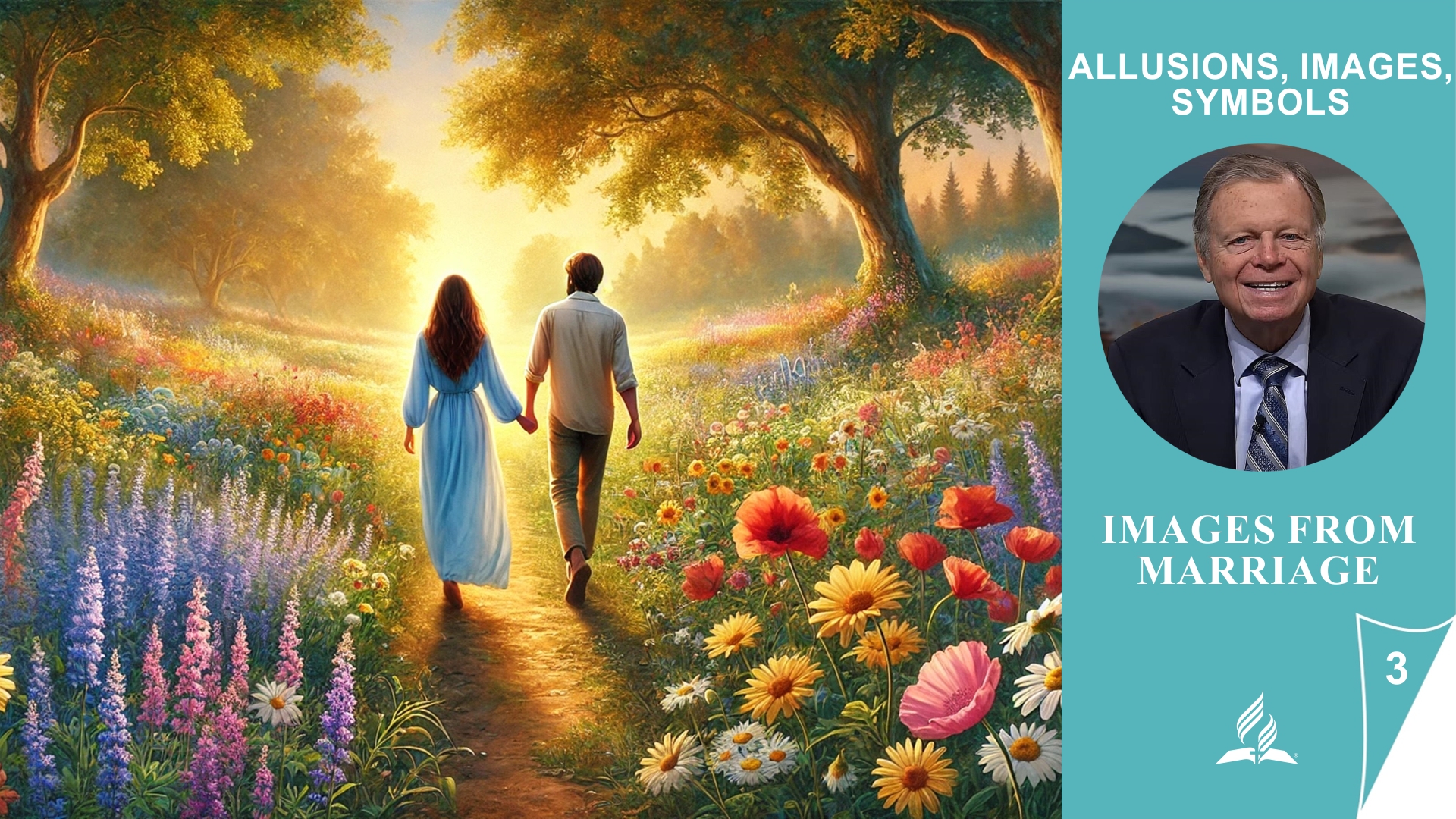
Series ALLUSIONS, IMAGES, SYMBOLS with Pastor Mark Finley |
Lesson 3.Images From Marriage |
A Reflection of Divine Faithfulness |
In Lesson 3, we explore the deeply spiritual meaning of marriage as a symbol of God’s relationship with His people. The Bible doesn’t use the imagery of bride and bridegroom by accident—it expresses intimacy, faithfulness, love, and devotion. Whether in the creation of Adam and Eve, the moving story of Hosea, or the heavenly wedding in Revelation, one truth is clear: God longs for a personal and lasting connection with us. At the same time, He warns against spiritual unfaithfulness, which, like adultery, violates His covenant. This lesson helps us understand God’s heart more clearly—His pain over our unfaithfulness, but also His immeasurable grace that continually calls us back. We are invited to belong to Him completely—in love, trust, and loyalty.
Memory Text: Revelation 19:9 – “Then he said to me, ‘Write: “Blessed are those who are called to the marriage supper of the Lamb!” ’ And he said to me, ‘These are the true sayings of God’ ”
Content:
3.1 One Flesh
Marriage as a Reflection of Divine Love
Marriage is more than a human covenant—it is a living symbol of God’s deep and faithful bond with His people. In Genesis, it is described as a “one flesh” relationship, indicating total unity, closeness, and mutual devotion. Paul echoes this image and compares it to the relationship between Christ and the Church: full of love, patience, forgiveness, and self-sacrifice. Despite human imperfection, marriage is meant to reflect God’s faithfulness—especially through perseverance in difficult times. The three biblical principles—forgiveness, acceptance, and selflessness—show how divine love becomes visible in everyday life. Every healthy marriage becomes a small image of the gospel—and a testimony of God’s relationship with us.
3.2 The Beautiful Bride
Shaped by Grace, Not by Herself
The image from Ezekiel 16 is powerful and deeply moving: God takes the despised and abandoned and transforms it into something beautiful—entirely through His love and care. Israel’s beauty was not its own achievement, but the result of divine grace and blessing. Yet in this very beauty, the people began to rely on themselves, which led to spiritual pride and apostasy. This pattern is still a danger today: when we forget that our “beauty”—our worth and acceptance with God—comes only from His grace, we tend to exalt ourselves. Spiritual pride arises when we stop recognizing God’s grace as the source of our value. A humble heart keeps us in living dependence on Him.
3.3 Hosea’s Harlot Wife
The Unfaithful Bride – God’s Love Despite Spiritual Adultery
The story of Hosea and his unfaithful wife is a moving parable of how God deals with His people—full of pain, but also full of love. Through Hosea’s marriage, God allows us to feel how deeply He is hurt by our spiritual betrayal, when we turn away from Him and pursue other “solutions.” This unfaithfulness represents the mixing of truth with worldly or false religious systems—a problem that affected both ancient Israel and the New Testament church. Yet even in the face of betrayal, God doesn’t stop loving: He seeks, calls, and buys back—at the cost of His own blood. Even today, every church can fall into compromise if it seeks power, approval, or security more than faithfulness to God’s Word. The key to faithfulness lies in continually recognizing God’s love—especially as revealed at the cross.
3.4 Isaac and Rebekah
A Love Story with Heavenly Meaning
The story of Isaac and Rebekah is more than a romantic tale—it is a symbol of God’s careful guidance in His relationship with us. Abraham’s desire that Isaac not marry a Canaanite woman reflected his deep understanding of the spiritual danger of foreign influences. He knew that the choice of a spouse affects not just the heart, but also the faith. Rebekah, a distant relative who comes from afar, reminds us how far sin has taken us from God—and how God still does everything to unite us with Himself. This story reflects Christ, who chooses us as His bride and draws us to Himself. Our daily decisions—whether we trust Him, follow Him, live with Him—determine whether this love relationship will grow or fade.
3.5 The Harlot is Judged
The End of Unfaithfulness – The Wedding of the Lamb and the Triumph of Love
Revelation 19 shows the solemn moment when the harlot—symbol of spiritual unfaithfulness—is judged, while at the same time the wedding of the Lamb with His bride is celebrated. Both events reveal God’s justice and love: one side shows the end of suffering and deception, the other the final union between Christ and His faithful people. Just as a marriage can break when all love is denied, the story of this world also comes to a just conclusion. But for all who hold fast to Christ, a future full of hope awaits, as described in Revelation 21—a world without tears, death, or pain. The marriage of the Lamb is the picture of eternal security in God’s presence. Our certainty is not based on our faithfulness, but on the precious blood of Christ that redeemed us (1 Peter 1:18–19).
3.6 Summary
God’s Love in His Covenant with His People
Lesson 3 highlights how God uses marriage as a powerful symbol of His relationship with His people. From the unity of Adam and Eve to the heavenly wedding of the Lamb, the image of faithful, selfless love runs throughout the Bible. Stories like that of Hosea and his unfaithful wife show how deeply God is affected by our disloyalty—and how far His love still reaches. Israel’s beauty, Rebekah’s calling, and the future wedding of the Lamb all reveal God’s desire for an intimate, eternal connection with us. Yet spiritual unfaithfulness—flirting with worldly ways—remains a real danger. In the end, God will bring justice, but He will also receive His bride in love, pure and glorified by His grace.
(Visited 11 times, 1 visits today)

